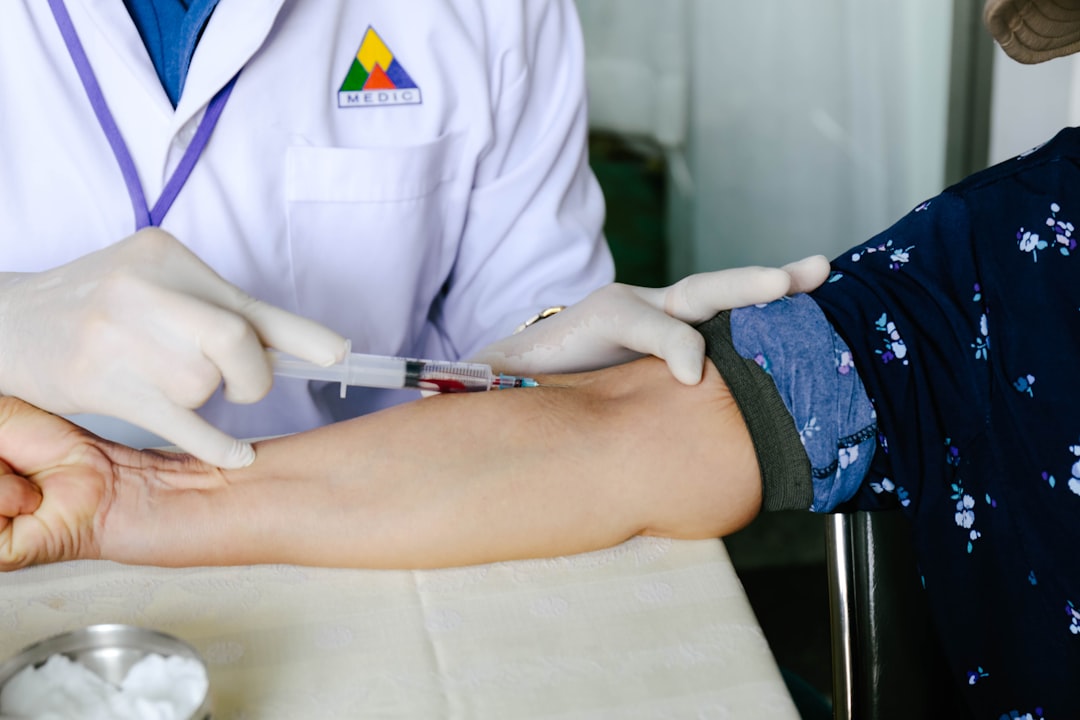What is it about?
Alcohol metabolites in sweat can be continuously measured by wrist-worn biosensors. Using the BACtrack Skyn alcohol biosensor, study participants (N=36) recorded 60 valid data sets during 30 alcohol and 30 non-alcohol occasions. To reliably detect alcohol consumption, we screened for poor data quality, corrected for artifacts in the data, calculated features to statistically summarize each data set, and trained and tested models via machine learning. Resultant models confirmed self-reported alcohol consumption in 58 of 60 drinking occasions.
Featured Image

Photo by Andres Urena on Unsplash
Why is it important?
Alcohol biosensors may carry the potential for detecting excessive alcohol use in real-time, enabling the development of in-the-moment interventions. As an important initial step, this paper demonstrates that biosensor-recorded data can be used to detect alcohol consumption with high accuracy.
Perspectives
This work seeks to advance the reliability, accessibility, and replicability of TAC-based models and cleaning methods. Next steps include expanding the software to account for varying methodologies, refining a user-interface, improving non-wear detection methods, and testing whether alcohol biosensor-based models can predict excessive alcohol use or alcohol-related consequences.
Nathan Didier
University of Chicago
Read the Original
This page is a summary of: Signal processing and machine learning with transdermal alcohol concentration to predict natural environment alcohol consumption., Experimental and Clinical Psychopharmacology, October 2023, American Psychological Association (APA),
DOI: 10.1037/pha0000683.
You can read the full text:
Contributors
The following have contributed to this page










